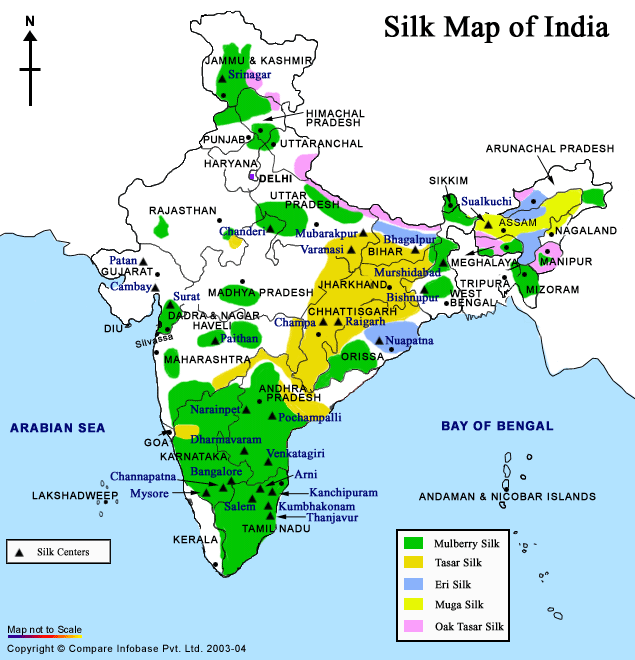 Strengths:
Strengths:
Post Tagged with Fashion design institutes in Delhi, NID Coaching in Lucknow, nift coaching in Delhi, NIFT Coaching in Hauz Khas, NIFT Coaching In Lucknow, NIFT GD PI questions, NIFT Interview Coaching, NIFT M.Des Coaching, NIFT MFM Coaching, NIFT Personal Interview Coaching In Delhi